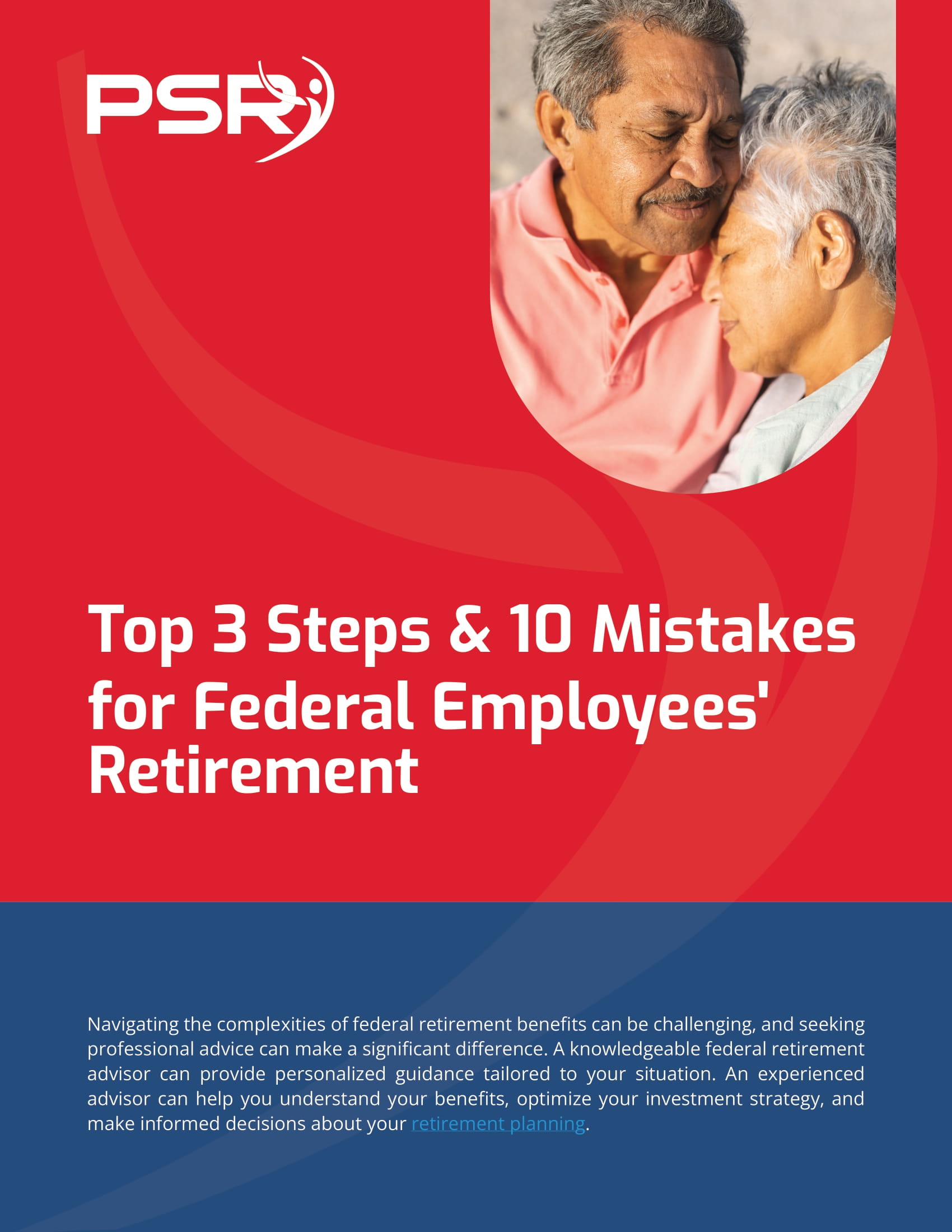Key Takeaways
- Retirement planning for law enforcement officers (LEOs) requires unique considerations, especially with early retirement options and benefits tailored to their profession.
- Understanding pension systems, Social Security, and healthcare options ensures a secure financial future while navigating the post-career landscape.
The Unique Retirement Landscape for Law Enforcement Officers
- Also Read: FAA, Law Enforcement, and Special Federal Employee Categories—Here’s What Makes Their Retirement Unique
- Also Read: Blending Private and Public Sector Retirement Plans Is Complicated—Here’s Where Couples Get It Wrong
- Also Read: The Silent Shift in Postal Service Retirement Benefits That Could Change Everything by 2026
This article explores what makes LEO retirement unique and provides insight into the decisions you’ll face as you plan for life after the badge.
Early Retirement Eligibility: A Game Changer
One of the most significant advantages of being an LEO is the ability to retire earlier than the typical retirement age. For most officers, retirement eligibility kicks in after 20 to 25 years of service. This could mean retiring as early as your late 40s or early 50s—well before many others even start considering it.
This early retirement window is designed to reflect the demanding nature of your work. But retiring early also comes with challenges, particularly in bridging the financial gap until you’re eligible for Social Security benefits, which generally start at age 62 or later.
Key Questions to Consider
- Do you have enough saved in your pension or other accounts to cover expenses during this gap?
- Will you need to take on a second career or part-time job?
Understanding Your Pension Benefits
As an LEO, you likely participate in a pension system designed specifically for public safety employees. These systems offer benefits that typically replace a percentage of your salary based on your years of service and final average pay.
How It’s Calculated
Most LEO pensions use a formula like this:
Years of Service × Multiplier × Final Average Salary = Annual Pension
For example, if your plan uses a 2.5% multiplier and you retire after 25 years with an average salary of $75,000, your annual pension would be:
25 × 2.5% × $75,000 = $46,875 per year
Maximizing Your Pension
To get the most out of your pension:
- Work until you hit the maximum service years allowed by your plan.
- Consider purchasing additional service credits if your system allows it.
- Avoid withdrawing from your pension early, as penalties can significantly reduce your benefits.
Social Security: How It Fits In
For LEOs, Social Security can be a tricky subject. Depending on your department and the state you work in, you might not have contributed to Social Security during your career. If this is the case, you’ll need to plan for retirement without it or account for reduced benefits.
The Windfall Elimination Provision (WEP)
If you qualify for Social Security benefits from non-LEO work, the Windfall Elimination Provision (WEP) might reduce your payout. This rule adjusts how your Social Security benefits are calculated to prevent “double-dipping” into public pensions and Social Security.
Timing Is Everything
If you’re eligible for Social Security, delaying benefits until age 67 or later can increase your monthly payout by as much as 8% per year.
Healthcare Considerations: Planning for the Gaps
Healthcare is a major concern for LEOs retiring early. Unlike many employees who retire in their 60s and immediately transition to Medicare, you’ll likely face a significant gap between retirement and Medicare eligibility at age 65.
Options to Bridge the Gap
- Employer-Sponsored Retiree Health Plans: Some departments offer healthcare coverage for retirees, often at a cost.
- Federal Programs: Explore options through the Affordable Care Act if no employer plan is available.
- Health Savings Accounts (HSAs): If you’ve been contributing to an HSA, these funds can help cover medical expenses tax-free.
Once you turn 65, Medicare becomes a critical part of your healthcare plan. Most retirees opt for a combination of Part A (hospital insurance) and Part B (medical insurance), with additional coverage like a Medicare Advantage or Medigap plan.
Financial Planning for Early Retirement
Retiring in your 40s or 50s means you’ll need a well-thought-out financial plan to ensure your savings last for decades. A good rule of thumb is to aim for 70-80% of your pre-retirement income to maintain your lifestyle.
Key Strategies
- Diversify Your Savings: In addition to your pension, contribute to retirement accounts like a Thrift Savings Plan (TSP) or 401(k).
- Budget for Longevity: With life expectancies rising, plan for 30 or more years of retirement.
- Consider a Second Act: Many LEOs take on post-retirement careers to supplement their income and stay engaged.
The Psychological Transition: Beyond the Badge
Retirement isn’t just about finances—it’s also a significant lifestyle change. After decades of service, stepping away from the badge can feel like losing a part of your identity.
Staying Connected and Fulfilled
- Volunteer or mentor within your community.
- Pursue hobbies or interests you didn’t have time for during your career.
- Stay connected with former colleagues through retirement associations or alumni groups.
Spousal and Family Considerations
Retirement decisions don’t just affect you—they impact your family, too. If you have a spouse or dependents, their healthcare and financial security should factor into your plans.
Survivor Benefits
Most pension systems offer survivor benefits, ensuring your spouse or dependents receive income after your passing. However, opting for these benefits often reduces your monthly payout.
Collaborative Planning
Discuss your retirement goals with your family to align expectations and ensure everyone’s needs are met.
Resources for Law Enforcement Retirees
If you’re nearing retirement, take advantage of resources tailored to LEOs:
- Pre-Retirement Workshops: Many departments and unions offer seminars to help you navigate the process.
- Professional Financial Advisors: Look for advisors who specialize in public sector retirements.
- Retirement Associations: These groups provide networking opportunities, advocacy, and access to benefits.
Moving Forward: Securing Your Future
Retirement as a law enforcement officer comes with unique opportunities and challenges. By understanding your benefits, planning for healthcare, and addressing the psychological shift, you can transition into this new chapter of life with confidence.
Whether you’re years away or just around the corner from retirement, the key is to start preparing now. The earlier you begin, the more options you’ll have to ensure a secure and fulfilling future.











